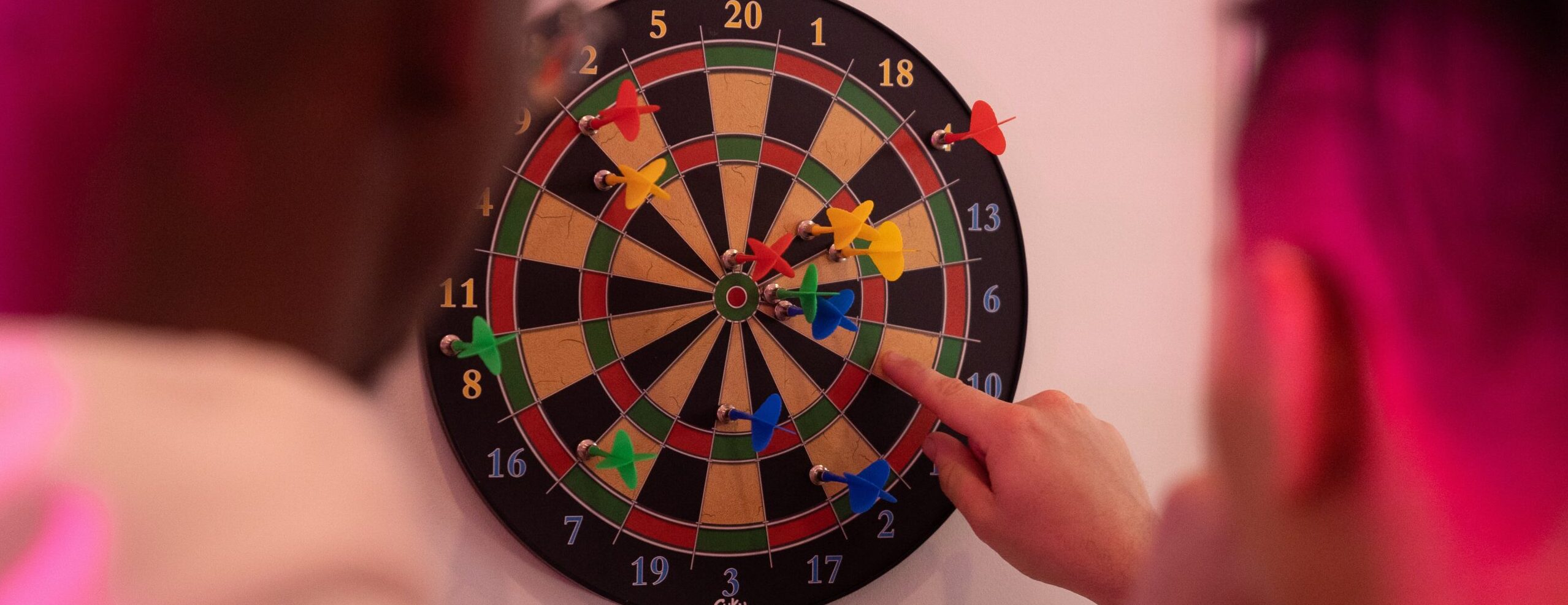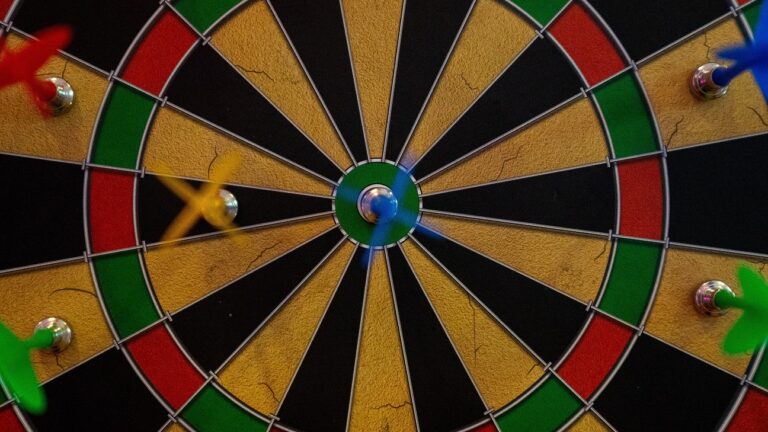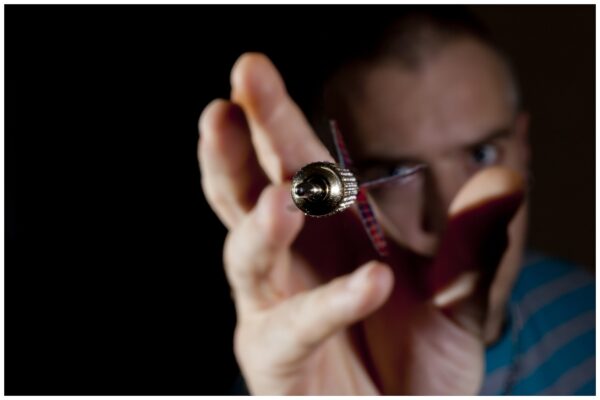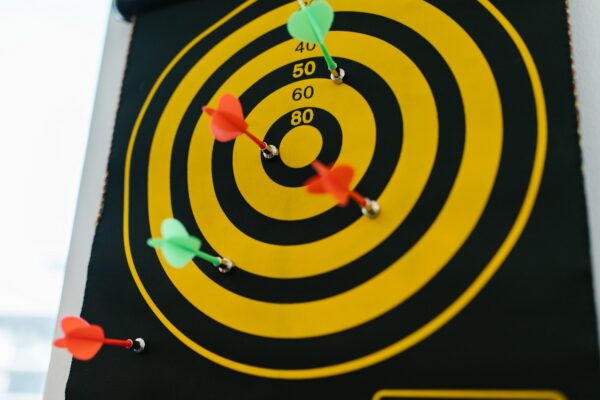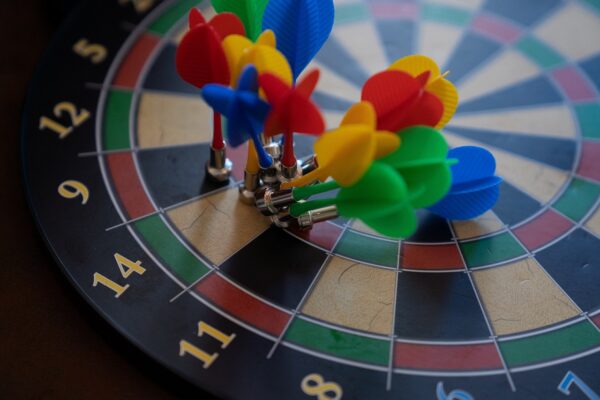When you think of a dartboard, the image that likely comes to mind is a circular target with a green and red color scheme. But have you ever wondered why dartboards are predominantly green and red? In this article, we will explore the intriguing history and reasons behind the choice of these specific colors for dartboards. From practical considerations to traditional influences, we will delve into the fascinating origins and significance of green and red on dartboards.
Early Dartboard Designs
The earliest versions of dartboards did not feature the green and red color scheme we are familiar with today. In fact, early dartboards were often made from natural materials such as wood or tree bark, which had a natural brown color. The numbers and rings on these early boards were usually marked with black or white paint, allowing for clear visibility and contrast against the background.
The Evolution of Dartboard Colors
The transition to the green and red color scheme on dartboards can be attributed to various factors. One significant factor was the introduction of mass-produced dartboards made from sisal fibers. Sisal, a plant fiber, was dyed green and provided an ideal surface for the dartboard due to its durability and self-healing properties. Green became the dominant color for the main playing area of the board due to its soothing and non-distracting nature.
The Influence of Television
The rise of televised darts tournaments played a significant role in solidifying the green and red color scheme. In the early days of televised darts, producers realized that red, being a vibrant color, showed up well on black and white television screens. Therefore, the double and triple scoring areas were marked in red, creating a striking contrast against the green background and ensuring excellent visibility for viewers.
Traditional Associations
Beyond practical considerations, the choice of green and red on dartboards also has traditional associations. In some cultures, green is seen as a color of luck, growth, and prosperity. Red, on the other hand, is often associated with passion, energy, and strength. These symbolic associations add an element of excitement and positive connotations to the game of darts, enhancing the overall experience for players and spectators.
Psychological Effects
Color psychology also plays a role in the choice of green and red on dartboards. Green is known to have a calming effect and is believed to promote focus and concentration. This is especially important in a game like darts that requires precision and mental acuity. Red, on the other hand, is a color that stimulates energy and can evoke a sense of urgency and competitiveness. The combination of green and red on a dartboard creates a dynamic and engaging visual environment, heightening the players’ focus and intensifying the competitive atmosphere.
Tradition and Familiarity
As dartboards became standardized with the green and red color scheme, it became a widely accepted convention. The familiarity of the color combination became deeply ingrained in dartboard design, making it instantly recognizable to players and enthusiasts worldwide. It became part of the tradition and heritage associated with the game of darts.
Variations and Innovations
While green and red are the most prevalent colors on dartboards, variations and innovations have emerged over time. Some dartboards incorporate additional colors, such as white or black, to provide enhanced contrast and visibility. Additionally, different color combinations may be used in specialized dartboard variants or themed boards to add novelty and personalization.
The green and red color scheme on dartboards has evolved over time, influenced by practical considerations, television broadcasting requirements, traditional associations, psychological effects, and the need for standardization. The combination of green and red creates a visually appealing and dynamic playing environment, enhancing concentration, focus, and competitiveness. The familiarity and tradition associated with these colors have made them synonymous with the game of darts. So, the next time you step up to the oche and aim for that bullseye, appreciate the thought and history behind the green and red colors that make the dartboard come alive with excitement and tradition.
The green and red color scheme on dartboards has evolved over time, influenced by practical considerations, television broadcasting requirements, traditional associations, psychological effects, and the need for standardization. The combination of green and red creates a visually appealing and dynamic playing environment, enhancing concentration, focus, and competitiveness. The familiarity and tradition associated with these colors have made them synonymous with the game of darts. So, the next time you step up to the oche and aim for that bullseye, appreciate the thought and history behind the green and red colors that make the dartboard come alive with excitement and tradition.
